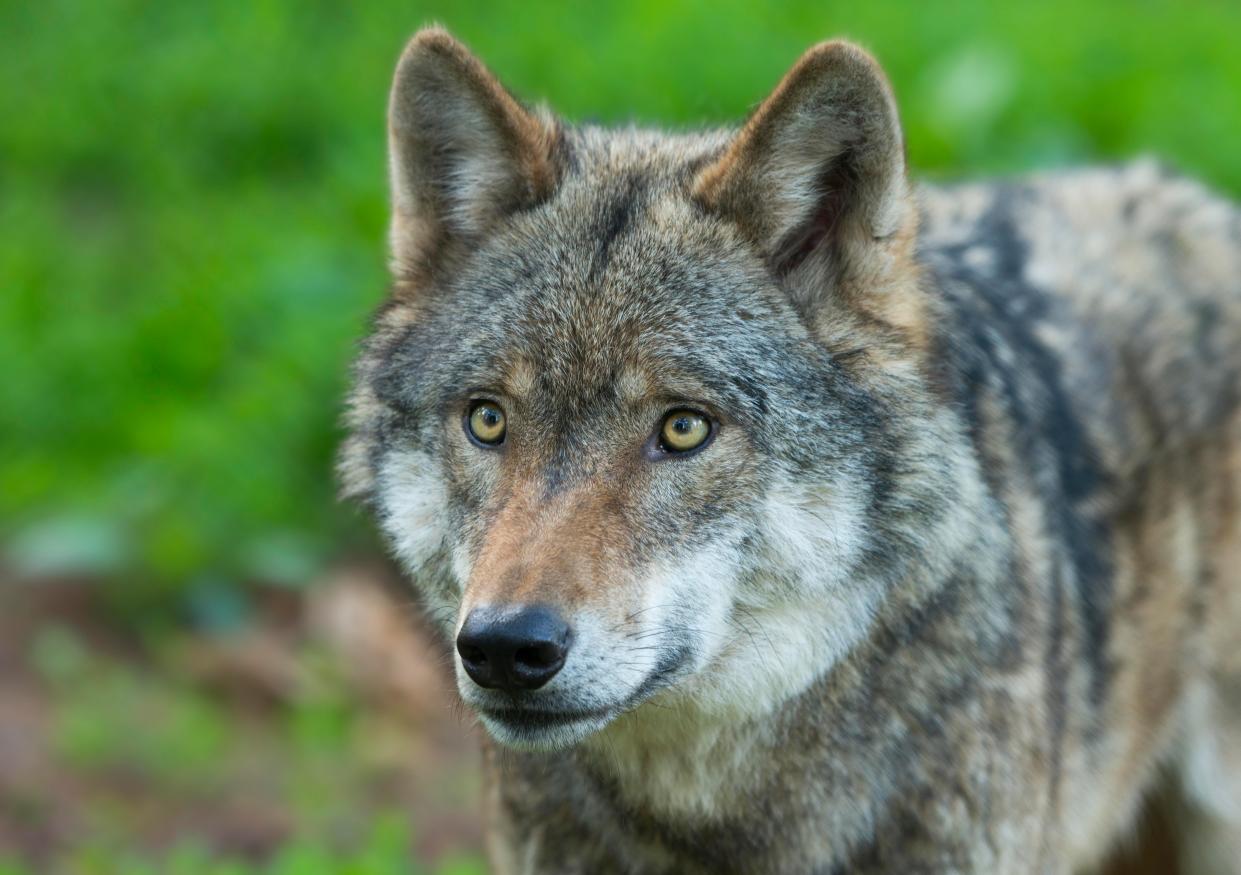First grey wolf wanders out of Chernobyl radiation zone

A young wild grey wolf is the first to wander out of the Chernobyl Exclusion Zone (CEZ) – an 1,000-square-mile zone which remains among the most contaminated places on our planet.
The animal wandered 229 miles from its home in the CEZ, which was contaminated with radioactive poison in the 1986 disaster, Science Alert reports.
Today, it’s still uninhabited, but tourists go into the zone accompanied by guides with Geiger counters.
The wolf’s journey through forests in the Ukraine was tracked using a GPS collar in 2015, and shows how far wildlife can go outside the zone.
MOST POPULAR TODAY ON YAHOO
Alien ‘cigar’ asteroid showed strange ‘speed boost’ as it raced through solar system
DNA tests which prove people’s ancestry ‘are complete bunkum’ says expert
Theresa May angers her Brexit MPs amid claims she will try to keep the UK within the single market
Wildlife artist captures rare footage of tawny owl bathing in bright sunshine during heatwave
Here’s the scientific reason you never stop worrying about stuff
Lead author Michael Byrne from the University of Missouri at Columbia told LiveScience, ‘Instead of being an ecological black hole, the Chernobyl Exclusion Zone might actually act as a source of wildlife to help other populations in the region.
‘And these findings might not just apply to wolves – it’s reasonable to assume similar things are happening with other animals as well.’
The Chernobyl disaster is considered the worst nuclear accident in human history.
On April 26, 1986, a systems test at the reactor in the Ukraine led to one reactor at the plant overheating, and a series of disastrous explosions.
A cloud of radioactive dust spilled from the plant, which rained down over countries as far away as Norway and some parts of the UK.
Thirty-one people died at the plant, including firefighters who died of radiation sickness.
According to some reports, they had not been told it was a nuclear plant which was on fire.
Soviet military rapidly established an “Exclusion Zone” around the plant – a 30km cordon where public access was forbidden.
The plant itself remained open, and other reactors generated electricity until 2000.
Even now, people work there, working towards its eventual decommissioning in 2065.

 Yahoo News
Yahoo News 

